NZ aviation museum gets historic ‘barn find’

An aviation museum in New Zealand has become the beneficiary of a rare and extremely valuable ‘barn find’ after the family of a recluse collector asked them to take guardianship of the collection.
CAPTION: A de Havilland Mosquito and tonnes of aircraft parts and memorabilia in the ‘Aladin’s Cave’ shed of recluse Kiwi collector John Smith. Photo by Graham Orphan.
The Omaka Aviation Heritage Centre (OAHC) said it was excited and honoured to announce that the family of deceased aviation collector, John Smith, had appointed it to work with them as guardians of his remarkable collection, to preserve and publicly display the hero aircraft to New Zealand and the world.
John Smith began collecting in the 1950s when, as a young man, he witnessed the wholesale scrapping of warbirds around the world and even in his own backyard.
John lived in Mapua and was aware that over the hill in Marlborough, historic warplanes such as Mustangs, Mosquitos and Hudsons were being broken up.
He managed to save several key aircraft and stored them in a shed on his Mapua property, where they remained as untouched – and for the most part, unseen – records of New Zealand aviation history.
Over the decades, word of the Kiwi recluse with his rare warbird collection reached around the world.
Collectors travelled from across the planet to try to purchase his aeroplanes, but left empty handed.
John’s shed was the aviation equivalent of Aladdin’s Cave, fuselages lined up parallel to one another like sardines, symmetrically arranged either side of a fully assembled Mosquito.
OAHC board member Graham Orphan said these aircraft were the ‘real deal’, carrying the original paint they wore when parked under the palm trees on some Pacific atoll, being rearmed before going back to battle.
The Smith aircraft destined for display at OAHC include a complete de Havilland Mosquito, John’s own original Tiger Moth and New Zealand’s most famous P-40 ‘Gloria Lyons’.
They will join the Lockheed Hudson, formerly gifted by John to Bill Reid, also on display at Omaka.
Conservation work has commenced on the P-40 and the next milestone is disassembling the Mosquito and transporting it from Mapua to Omaka – which, given the fragility and historical significance of the fuselage, will require specialised expertise and transportation.
Fundraising efforts, including any profits from the Yealands Classic Fighters Air Show, will be funnelled into this significant project and any donations or offers of sponsorship-in-kind will be gratefully accepted.
Story courtesy of the Omaka Aviation Heritage Centre
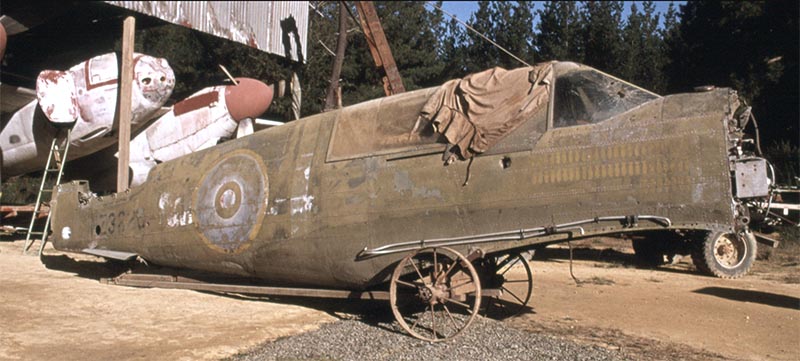
.
.
.
.
.
.

.
.

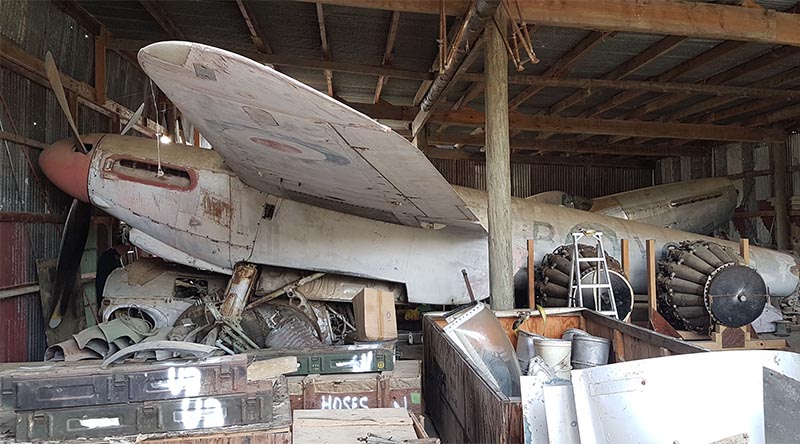

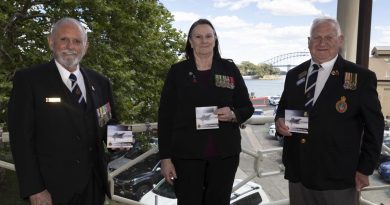
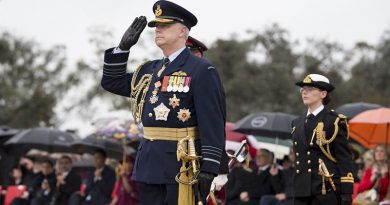
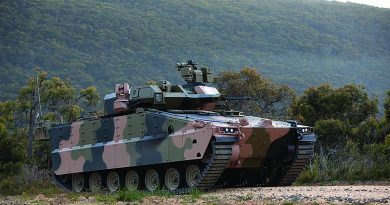
Ummmm…that is not A “Lockheed Hudson bomber” I’m afraid.
You are right. Bad miss-read by me. It is actually a Curtis Kittyhawk.